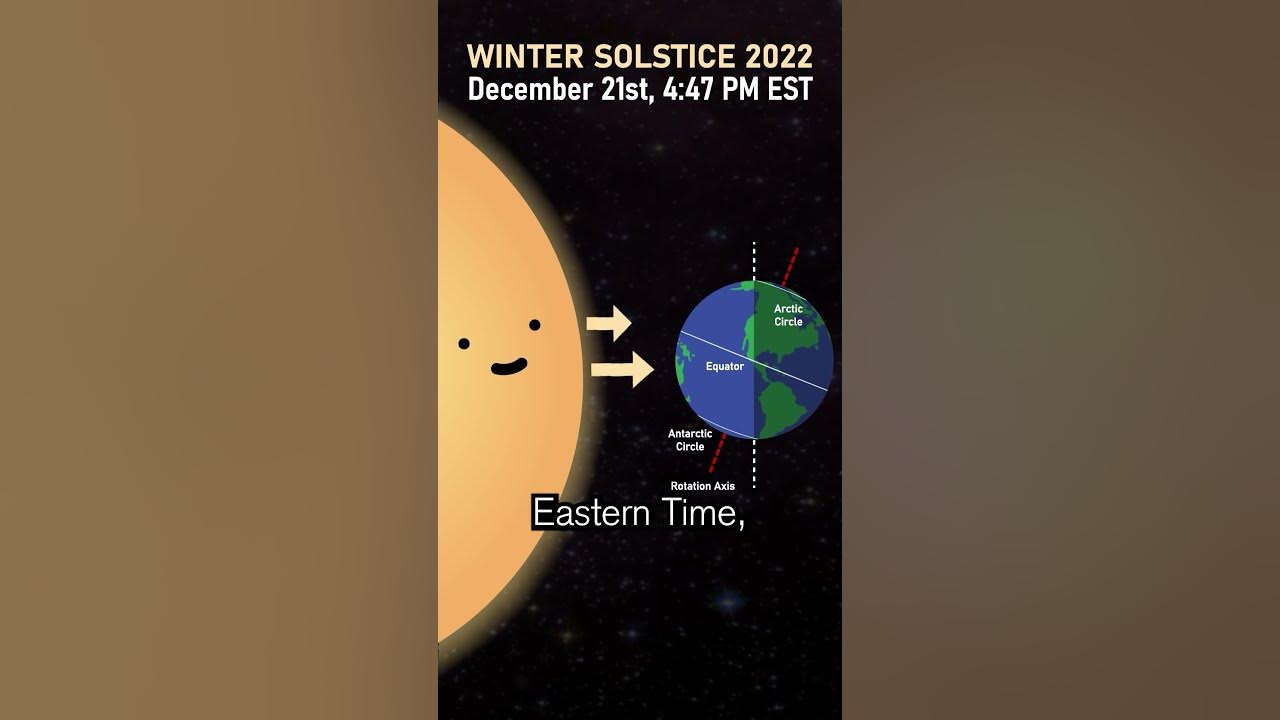


A recent report has revealed that Earth is facing a climate disaster as 25 out of 35 vital signs have reached critical levels. The report highlights concerning trends such as population growth, excessive fossil fuel consumption, and dangerous greenhouse gas emissions. With a decline in global tree cover and an increase in climate disasters, immediate action is necessary to prevent further harm to the planet.
Climate Crisis: Earth's Vital Signs Reach Critical Levels
A recent report from the Climate Council, an independent science organization, has issued a stark warning: Earth is facing a climate disaster. The report, titled "Climate Change: A Threat to Our Planet," reveals that 25 out of 35 vital signs of the planet's health have reached critical levels.
Background:
Climate change refers to the long-term changes in the Earth's climate system. These changes are primarily caused by human activities, such as the burning of fossil fuels (coal, oil, and natural gas) and the release of greenhouse gases (GHGs) into the atmosphere. These gases trap heat and lead to global warming, which has far-reaching consequences for the planet.
Concerning Trends:
The Climate Council report highlights several concerning trends that contribute to the climate crisis:
Immediate Action Required:
The report calls for immediate action to address the climate crisis. It recommends:
FAQs:
1. What is the most pressing climate change issue today? Answer: The most pressing issue is the continued rise in greenhouse gas emissions, which is driving global warming and its associated impacts.
2. How is climate change affecting human health? Answer: Climate change can lead to health problems such as heat stress, respiratory issues, waterborne diseases, and mental health impacts due to extreme weather events and air pollution.
3. What are the economic consequences of climate change? Answer: Climate change can damage infrastructure, disrupt supply chains, and reduce agricultural yields, leading to economic losses and job displacement.
4. How can individuals contribute to mitigating climate change? Answer: Individuals can reduce their carbon footprint by driving less, using energy-efficient appliances, switching to renewable energy, and supporting climate-friendly policies.
5. What is the long-term outlook for climate change? Answer: If current trends continue, the Earth will experience significant warming and climate-related disruptions in the coming decades. However, concerted global efforts to reduce emissions and adapt to climate change can mitigate these impacts and protect the planet for future generations.

A bone box with the inscription "James, son of Joseph, brother of Jesus" was recently put on display in Atlanta, Georgia. The box is believed to have once held the remains of James the Just, brother of Jesus, making it the oldest physical evidence of Jesus. Despite some controversy and accusations of forgery, the box has been declared authentic by experts.

As the winter solstice approaches on December 21st, the Northern Hemisphere will experience the shortest day and longest night of the year. This natural phenomenon has captivated people for centuries, with ancient traditions and festivals taking place around the world. Through science, we can understand why this occurs and how it affects different regions of the world differently.

Every year, the Northern Hemisphere experiences the arrival of winter on the winter solstice, which marks the shortest day and longest night due to the Earth's tilt on its axis. As the North Pole is furthest from the sun, it receives the least amount of sunlight, resulting in a gradual lengthening of days towards the arrival of spring. This year, the winter solstice falls on December 21 and will be celebrated by people worldwide in various ways to mark the significant celestial event.

In a miraculous surgery, doctors at Kurnool Government General Hospital successfully removed a one-foot stick from the stomach of a 12-year-old boy who had fallen from a tree and suffered an abdominal injury. The head of the Paediatrics Department, Dr Shiva Kumar, along with doctors from the orthopaedic and anaesthesia departments worked together to perform the three-hour long surgery. The patient, Irfan, is now able to walk on his own and is expected to make a full recovery in a month.

NASA has released stunning new images of two nearby star clusters that resemble a wreath and a Christmas tree. These clusters, known as NGC 602 and NGC 2264, are located in the Small Magellanic Cloud and are made up of young stars. The images were created by combining data from NASA's Chandra X-ray Observatory and James Webb Space Telescope. As we celebrate the winter solstice, take a moment to marvel at these cosmic Christmas decorations.

Vladimir Putin's announcement about the development of a cancer vaccine in Russia has stirred up a wave of hope among patients and experts alike, with its promised release for general use as early as 2025. As the world grapples with the devastating effects of cancer, the Russian vaccine, developed with the help of AI technology, could potentially revolutionize the way we understand and treat the disease. However, with other countries also racing to develop their own versions of cancer vaccines, the competition is stiff, and the details of Putin's claim are yet to be revealed. If successful, this could mean the end of the world's biggest killer.

Indian-American astronaut Sunita Williams and her colleague Barry Wilmore have been stuck at the International Space Station for six months due to a malfunctioning spacecraft. Their rescue mission has been further delayed as NASA announced a delay in the return flight on SpaceX's Crew-9 Dragon capsule. They are now expected to spend close to ten months in space, raising concerns about their health as astronauts require twice as many calories in space due to changes in their metabolism. NASA's Commercial Crew Programme Manager has commended the SpaceX team for their efforts in preparing a new spacecraft for the mission.

Russian scientists have developed a vaccine that may be able to treat cancer, offering hope to patients who previously had no guaranteed cure. The vaccine is currently in testing and is expected to be available in early 2025. While there is still more testing to be done, pre-clinical trials have shown promising results in slowing the growth and spread of cancer. It will be available for free in Russia, but there is no information yet on which types of cancer it will treat or what the name of the vaccine will be. Similar treatments are also being developed in other countries, such as the UK.

Towana Looney, who had been on dialysis for eight years, became the fifth American to receive a gene-edited pig kidney transplant at New York University Hospital. The transplant was a success, with the kidney immediately turning a healthy color and functioning properly. This groundbreaking procedure is expected to become a lifesaving technology for many patients suffering from organ failure.

With the Gaganyaan mission quickly approaching, the Indian Space Research Organisation (Isro) has made significant progress in its preparations. All propulsion systems for the launch vehicle are ready, the crew escape system has been tested, and the crew and service modules are in the process of integration. According to the reply by Minister of State for Space Dr Jitendra Singh, the first uncrewed mission is targeted for the end of 2024, with a series of further missions set for 2025 and 2026. With all the ground infrastructure and support systems in place, India is gearing up for a historic first crewed mission in 2026.